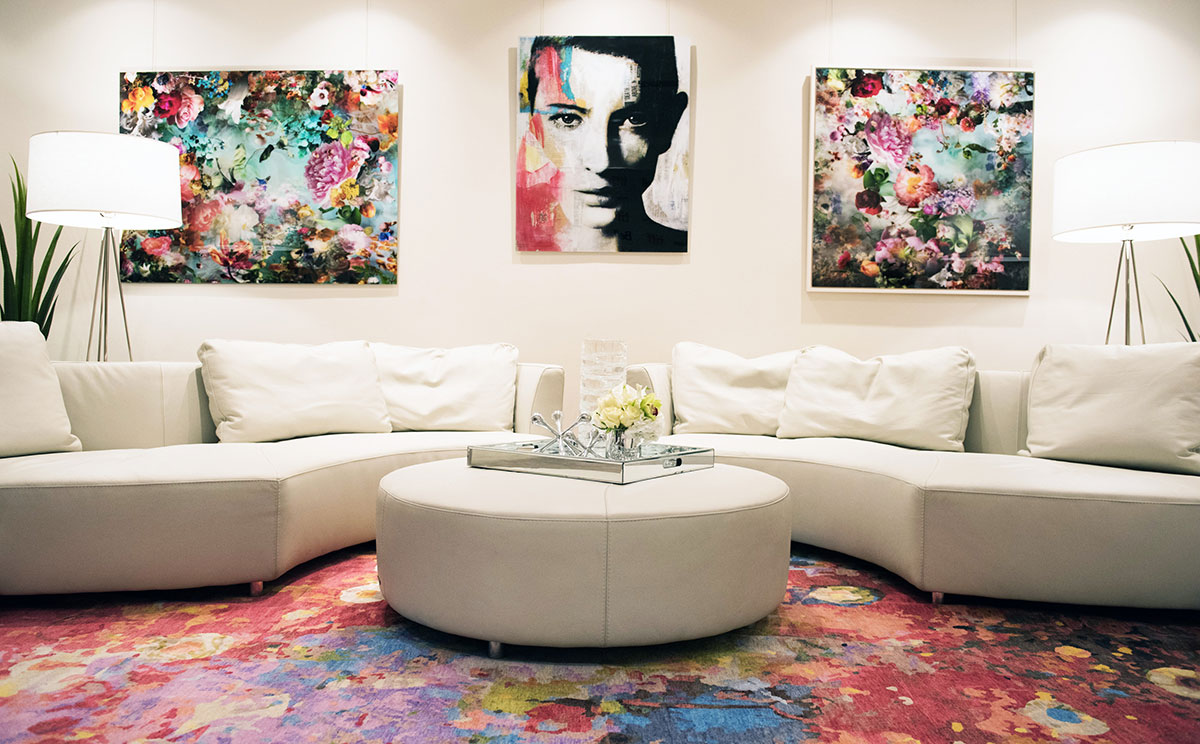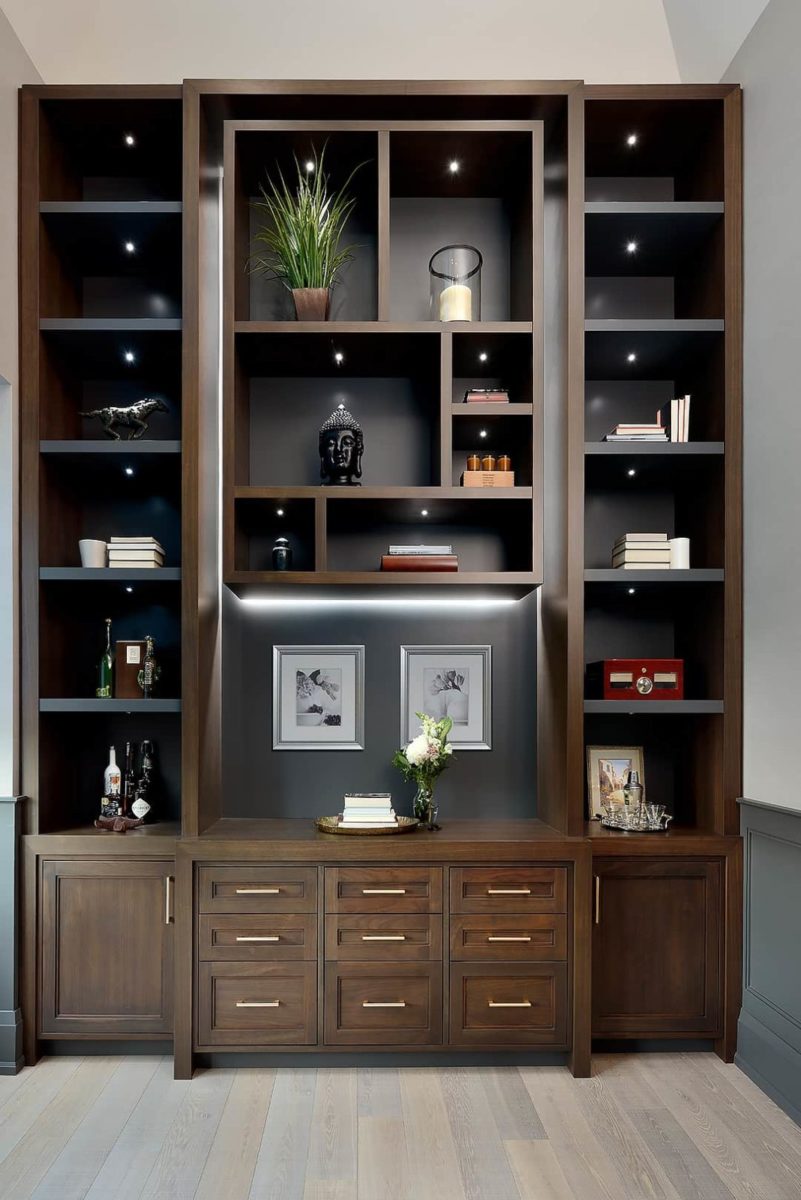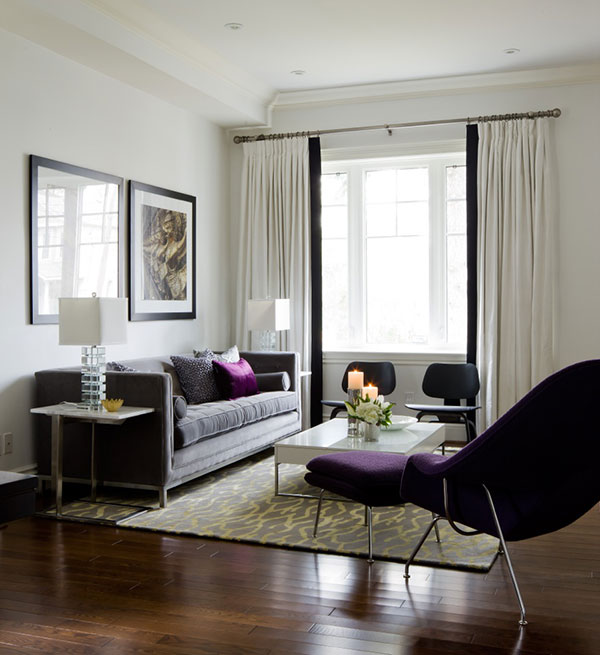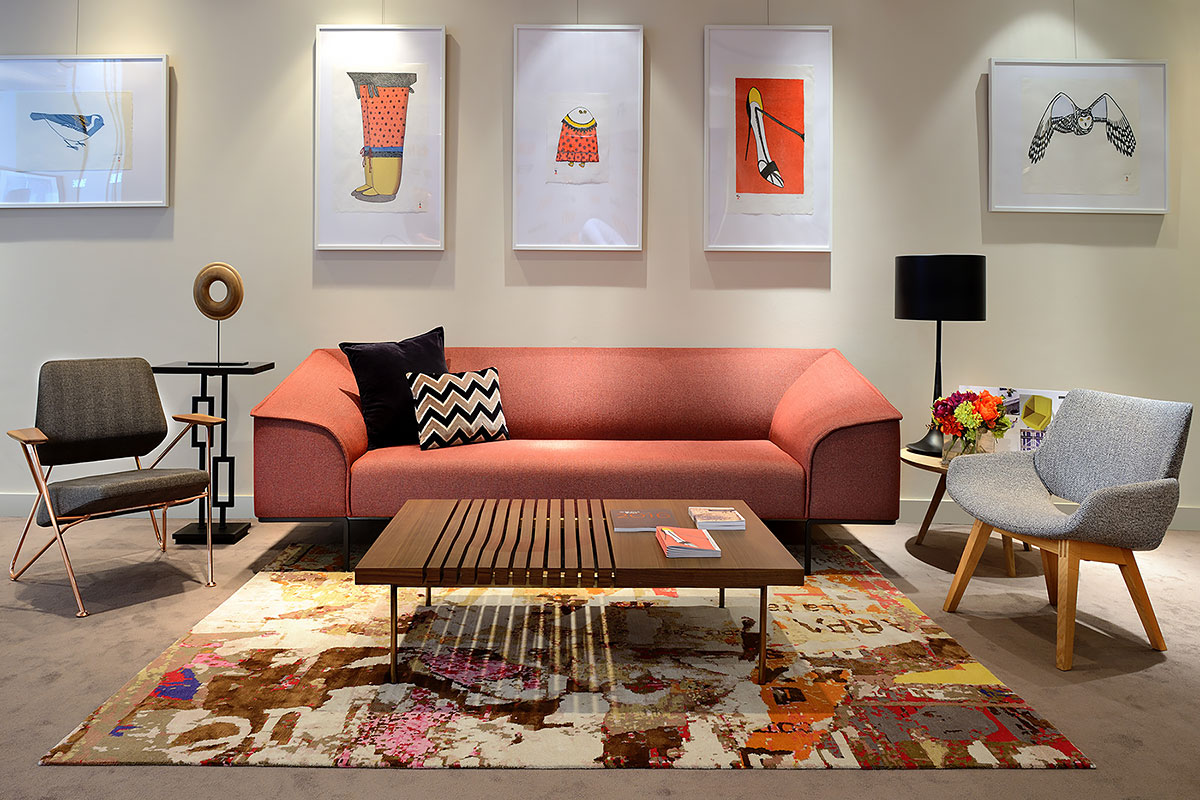Table of Contents
When designing a home, I explore the look and feel my clients are hoping to achieve in their personal space. Often, the goal is to create a modern interior, but not everyone is entirely sure what this means.
The true definition of modern design refers to “a sleek and uncluttered style that began in the late 19th century. In its purest form, modernism reflects a fuss-free approach to life. As a result, designers kept décor minimal while emphasizing industrial materials.”
Modern design developed post-WWI and WWII, when public and domestic life changed drastically following a devastating war – and interiors followed suit. Interior spaces no longer encapsulated fussy, ornate decorating or architectural details evoking the Victorian Era. Instead, they began to reflect the clean, monolithic shapes of newly advanced travel elements, such as airplanes and ocean liners. Clean lines, rounded shapes and unadorned surfaces became the norm. Simultaneously, materials advanced and the use of technology improved dramatically, expanding design possibilities.
Despite its origins, I don’t believe this is what clients truly mean when defining modern design style today. Instead, it means clean – without clutter – but comfortable, and liveable. “Spare” or “with restraint” are terms I often use when telling clients how to shop for, or add, design and décor elements that reflect modernity in their homes.
Read on for my five tips to help achieve a modern design interior that exudes warmth, character and a visually clean space.
Enhance neutral walls with connected colour in décor
Keep your walls spare and your furniture blended, so the focus of the room is the art. Creating a connection of colours between the art and floor gives a gallery feel that enhances the graphic nature of décor.

Use warm materials, contrasted with distinct, modern forms
In this visual example, the table is not modern, but the chairs are! Their strong form and colour dominate the space, but the warmth of the wood table and its irregular shape maintains a high-level comfort feel in this dining room.

Use graphic, or oversized, shapes for built-ins while minimizing accessories
Having fewer shelves in a display built-in allows for a clean shape and crisp design. To create a stronger look for the unit, build right to the ceiling and add hidden lighting, along with contrasting finishes, throughout the room. Be sure to avoid over-accessorizing – less is more!

Integrate classically modern pieces mixed with transitional furniture
If you prefer a transitional design, include classic pieces to evoke the modern era. The ultra-modern Eero Saarinen womb chair, combined with the purple ottoman and Eames bent plywood chairs as accents, creates a classic look that never goes out of style.

Select unique furniture shapes that aren’t the usual fare
If the classic style shown above isn’t quite your look, consider adding a key piece – like this sofa – that experiments with form and colour. Be sure to remove other items that create visual clutter around it, to make this piece the focal point. Creating this emphasis will tip the balance towards a modern look.

If you love modern details, but can’t seem to avoid clutter, try purchasing furniture with drawers and doors. This is a crucial element of modern design: hiding the necessities of daily living and showcasing only the key design elements!
